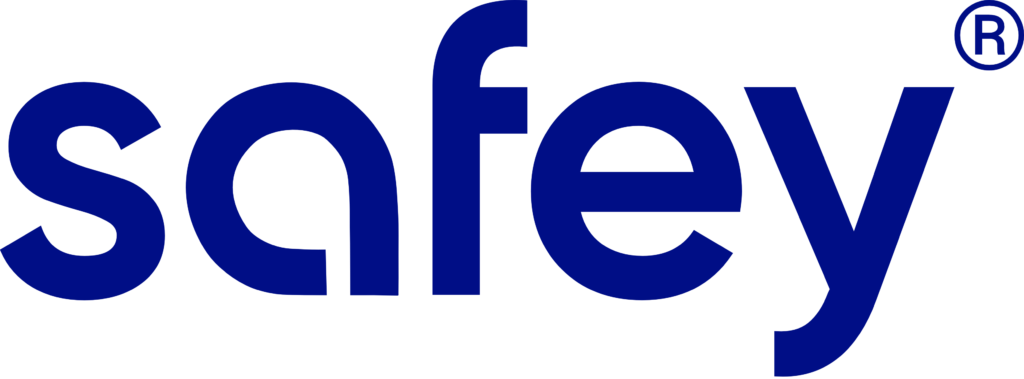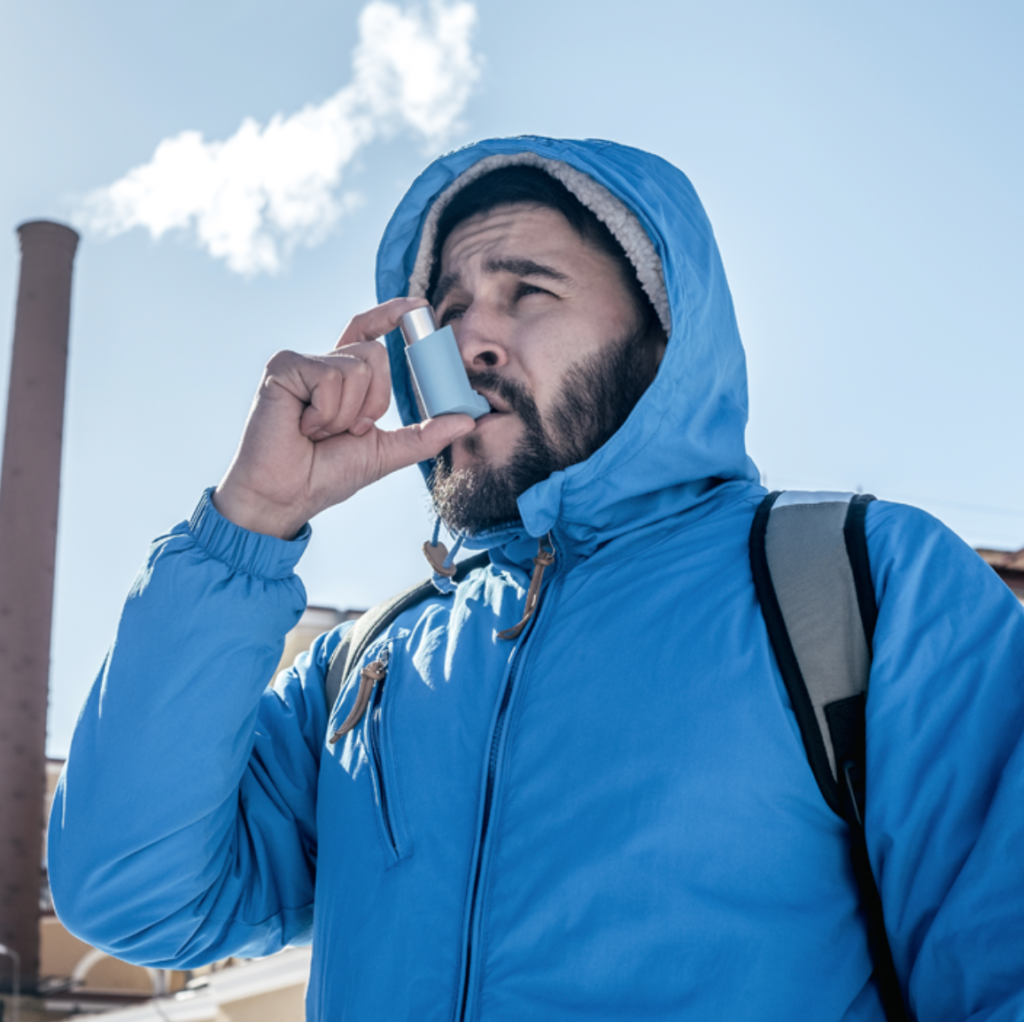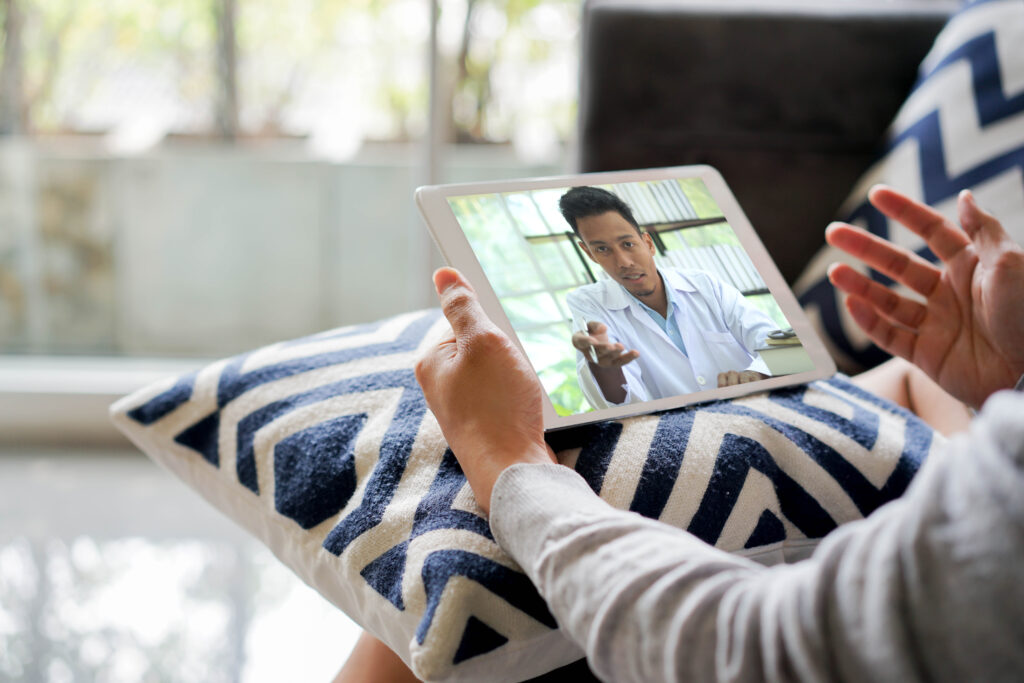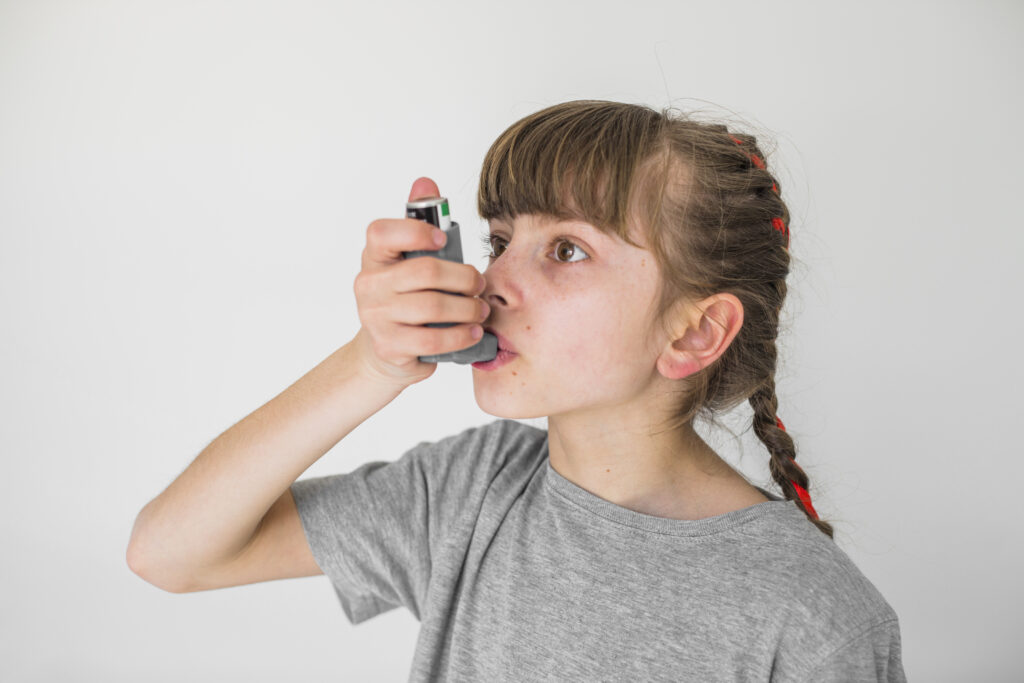
Self-care Monitoring
The below content is derived from research done using sources available on the internet. Safey Medical Devices Inc and its subsidiaries do not take any responsibility for the accuracy of the content. No medical decision should be taken on the basis of below content without consulting with your Medical Practitioner.
There is growing pressure on healthcare systems and there has been a considerable weight on this issue throughout 2020 as the pandemic has interrupted regular patient monitoring and services. The need for increased awareness and adoption of remote patient monitoring, such as self-care monitoring, has been brought to the forefront this year.
Considered a holy grail for strained healthcare systems, self-care monitoring provides patients and doctors with an enhanced experience. It eases the burden of myriad face-to-face engagements by providing patients with the power to keep tabs on their health while keeping their doctors and physicians in the loop.
Effective self-care reduces the costs and burden on the NHS. From requiring fewer face-to-face appointments to improved management of health conditions, self-care monitoring has been proven to play an essential role in supporting healthcare systems. It also provides patients with a sense of autonomy and places them at the heart of decision-making processes about what happens to them.
What is self-care monitoring?
Self-care monitoring involves patients looking after their own health with access to the knowledge and information which is available to them. It encompasses a decision-making process aimed at empowering individuals and collaborates with their healthcare providers as and when required.
Self-care monitoring harnesses the power of technology to improve the patient experience, empower patients and relieve the burden on the NHS. This technology provides both patients and their healthcare professionals with vital information about the state of their health and assists with the management of symptoms and health conditions.
Tracking key vital sign information such as blood pressure, heart rate, oxygen saturation, glucose levels and more, self-care monitoring can provide real-time data about a patient’s condition. This, in turn, can enable patients and their doctors to identify changes quickly and take the appropriate action in a timely fashion.
What is self-care monitoring?
Those who can benefit most from self-care monitoring are patients who have long term health conditions. With an estimated 15 million people across the UK experiencing long term health conditions, self-care monitoring can reduce the strain on the NHS by enabling people to monitor their health at home.
Self-care monitoring is an ideal way for those with long term conditions to live more sustainably. By facilitating at-home care and monitoring, patients experiencing anything from minor illnesses to long term conditions can find a suitable way to manage their illness without it becoming too intrusive on their day-to-day living.
How does self-care monitoring benefit patients?
Self-care monitoring puts patients in control of managing their health with the support and assistance of loved ones and health professionals. The inclusion in the ownership of their health empowers patients to focus on their health goals and management, keeping them included in the decision-making process. By enabling patients to be a part of the process rather than relying solely on others, they gain autonomy and become more confident in their at-home management.
Self-care affects health outcomes through a variety of means according to the British Journal of General Practice:
- Increased adherence to treatment plans
- Monitoring symptoms and changes to inform treatment and self-care decisions
- Supports the maintenance of good physical health through lifestyle choices including diet, exercise and habits such as smoking
- Monitors and manages stress that may arise as a result of illness and/or long term conditions
- Provides a means of effectively interacting with health professionals to ensure patient needs are expressed and addressed adequately
- Uses social and support networks to achieve positive outcomes linked to the abovementioned
Self-care monitoring isn’t only beneficial for patients though, it can also have an impact on family and friends who assist with their care away from clinical settings. Using technology to help measure key vital signs can also instill confidence in how they can assist with tracking and monitoring health conditions.
With many remote monitoring systems designed as consumer-friendly devices that involve smartphones and tablets or share similar technology, it allows users to feel comfortable and confident.
How can including lung function improve self-care monitoring?
Those suffering from long term lung conditions such as COPD and asthma can benefit greatly from the inclusion of lung function monitoring in their self-care plan. By using technology that facilitates the active data capture of lung function such as FEV1 and PEF, patients are empowered to stay on top of their condition.
Safey has developed smart technology solutions that keep patients, their health professionals, and loved ones connected. Sharing key vital sign information, all parties are able to access information that is crucial in managing the care of those with long term lung conditions.
Utilizing smart app technology that connects to the smart spirometer and peak flow meters from Safey, patients are able to keep tabs on their situation. Instantly able to share the data with clinicians and family, patients gain the benefit of increased visibility over their condition.
Doctors can use this information to make regular assessments of a patient, monitoring for signs of change or disturbance to their health. The ability to access real-time data provides a dynamic picture for physicians, providing a more comprehensive overview of the patient’s variance or stability.
How do Safey peak flow meters and spirometers support self-care monitoring?
With consumer-friendly and easy-to-use technology at the heart of Safey’s products, results from using these FDA-approved smart devices can greatly assist with self-care. The ability to connect to devices patients already use via Bluetooth enables them to record and share their health data such as FEV1 and PEF measurements anywhere, any time.
Facilitating the ability for patients to regularly record and upload data sets about their lung function can keep doctors more informed about a patient’s condition than periodical in-person assessments. Benefiting patients through the increased ability for early detection of changes related to their condition, clinicians can trust and rely upon the data shared between Safey devices and apps, giving them an enhanced way to manage patient health.
With the portability of Safey peak flow meters and spirometers, patients can share key lung function data with their doctors from anywhere. Providing clinical-grade accuracy on the go, the devices meet ATS and ERS guidelines.
Safey can help both patients and their doctors manage their health better, remotely. Discover more about how our systems can help with your healthcare management plans.

